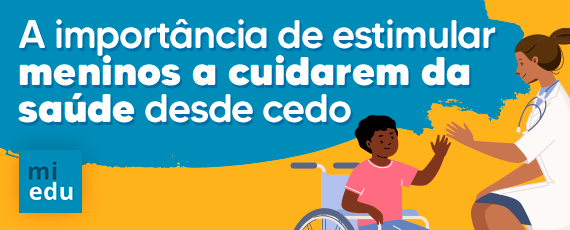O mistério do Mooc: para onde vão os estudantes on-line?
What if, as a novice teacher or professor, you began a course and the entire class decided to leave—either from apathy or boredom or the popular student conviction that whatever is not a part of the lesson is inherently more interesting than what is? That old educator’s nightmare is now a digital reality: massive open online courses, or MOOCs, born a few years ago of the seemingly well-paired utopianisms of Silicon Valley and the élite American university, are seeing that classroom management can be a difficult task without a classroom.
When the Times declared 2012 the “Year of the MOOC,” it seemed, in the words of the paper, that “everyone wants in,” with schools, students, and investors eager to participate. But, as can happen in academia, early ambition faded when the first few assessments were returned, and, since then the open-online model appears to have earned an incomplete, at best. An average of only four per cent of registered users finished their MOOCs in a recent University of Pennsylvania study, and half of those enrolled did not view even a single lecture. EdX, a MOOC collaboration between Harvard and the Massachusetts Institute of Technology, has shown results that are a little more encouraging, but not much. And a celebrated partnership between San Jose State and Udacity, the company co-founded by Sebastian Thrun, a Stanford professor turned MOOCmagnate , also failed, when students in the online pilot courses consistently fared worse than their counterparts in the equivalent courses on campus.
Leia mais: http://nyr.kr/1g1mupc


